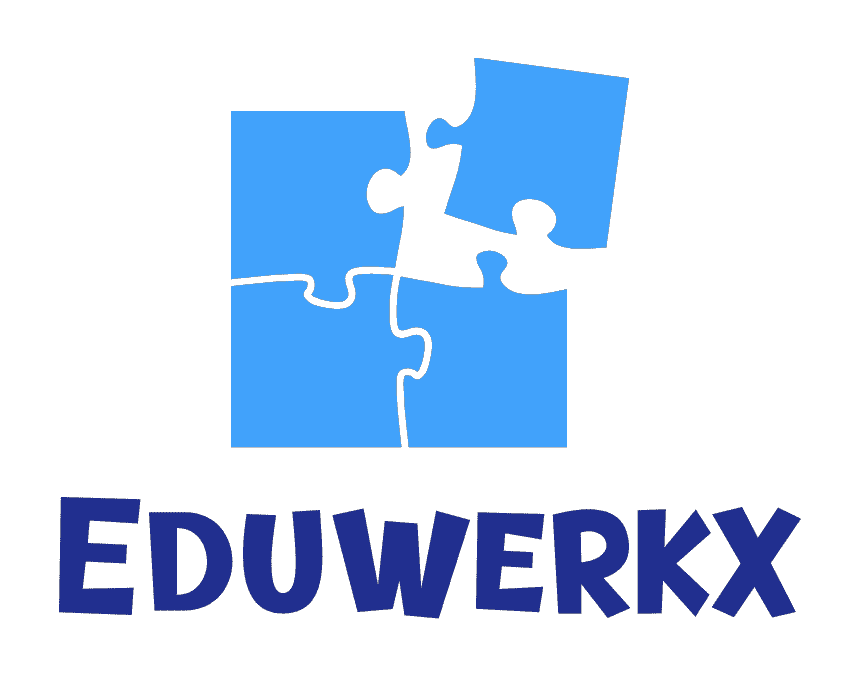Imagine a game of soccer taking place on a field, where some players are running and kicking the ball with their legs, while others are moving on their hands, using them like legs to dribble and shoot the ball. The scene is chaotic and fascinating, but one truth quickly becomes clear: the players using their legs dominate the game. They move faster, control the ball more effectively and score with greater ease—not because they are inherently better, but because the game of soccer was designed for the use of legs. This example powerfully illustrates how, if your child does not develop according to how nature intended, they may never fully unlock their true potential.
Why Choosing the Right Learning Method Matters More Than You Realize?
Research in child development and neuroscience shows that children’s brains develop and change based on their learning experiences. From birth, their brains are wired for certain types of learning experiences. These aren’t just random preferences but rather evolutionary adaptations refined over thousands of generations. When educational approaches match the way children are naturally built to learn, their brains use the right areas for each task, making it easier to understand and remember information with significantly less mental effort.
When combined with other key factors, it can lead to dramatically accelerated skill acquisition and brain development. In today’s educational marketplace, parents face numerous learning options for their child, each trying to differentiate themselves with unique methods and specialized approaches. Many of these approaches fundamentally contradict how children naturally learn, creating a serious mismatch between biological development and academic achievement. This disconnect can have long-term consequences, as it often causes children to miss critical developmental windows—periods when the brain is most receptive to development and building essential skills. These effects may not be immediately visible.
However, they often emerge years later as challenges with memory, poor adaptability, difficulty handling complex tasks, reduced creativity, and problems with emotional regulation and overall well-being, among other concerns. The root cause for these challenges is that your child may have developed learning habits that consistently engage the wrong areas of the brain for specific tasks. What many people do not realize is that different learning habits can engage entirely different areas of the brain—even when practicing the same skill or learning the same material.
This mismatch can create a lasting impact on your child’s development, their ability to learn and handle complex information. When you use the wrong regions of the brain to process information, learning doesn’t just become harder, it becomes unnecessarily exhausting. This inefficient process can make even simple tasks feel frustratingly difficult, like trying to write a message with your toes—the brain ends up working much harder than necessary just to keep up. While other children breeze through the same task, your child is left grappling with it, as if every step is an uphill battle. This inefficiency isn’t just a temporary hurdle, it can permanently shape the brain’s long-term architecture.
The brain develops through “experience-dependent neuroplasticity,” which means it changes based on what a child does repeatedly. When a child uses the same learning method over and over, the brain forms strong connections around that method, forming habits that shape how they process and approach future learning. Perhaps most concerning is that as children grow older, the learning habits they form become deeply ingrained, making it much harder for the brain to change and adapt. Trying to rewire these learning habits later is like remodelling a skyscraper starting from the first floor—it is a slow, complicated and disruptive process.
This is why at Eduwerkx, we have designed our learning to target the right brain pathways from the start, building strong foundations through methods that align with how the brain naturally develops. By engaging the correct neural circuits early and consistently, we set your child up for long-term success. Ever notice that the most popular techniques for boosting your child’s memory don’t seem to work? There’s a surprising reason why—and it might be holding your child back. Like and follow to uncover the truth.
